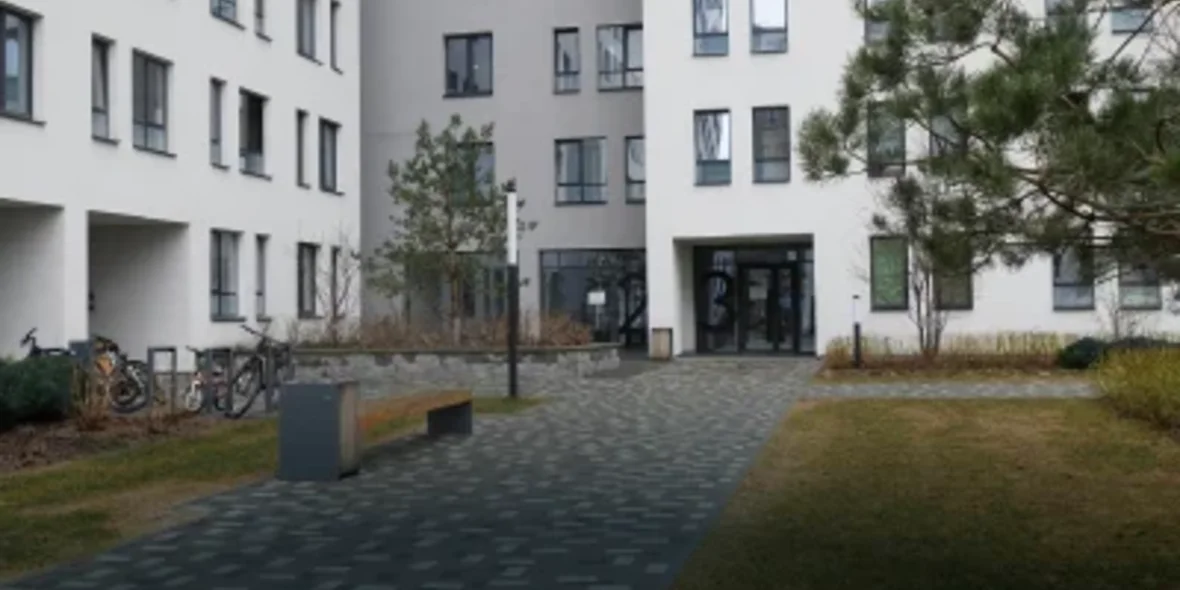
What is a Barrier Free Environment?
A barrier-free environment in real estate is understood as a set of measures and standards aimed at ensuring the accessibility of buildings and structures for all categories of citizens, including people with disabilities, the elderly, parents with children, and other groups with limited mobility.
A barrier-free environment is an important criterion in the design and operation of residential and commercial properties because it involves the installation of ramps, special elevators, and other measures to improve the lives of people with disabilities.
The importance of a barrier-free environment in real estate:
- Design and construction. Modern residential complexes and commercial buildings should be designed with barrier-free environment requirements in mind. This includes the creation of convenient and safe entrances, ramps, elevators with wide doorways, and special equipment for people with disabilities. Spacious corridors and entrances without thresholds are also provided, which facilitates movement for both wheelchair users and other people with limited mobility.
- Accessibility of interior spaces. A barrier-free environment in residential and commercial buildings involves the installation of adapted elevators, sanitary facilities, accessible parking spaces, and convenient passages within buildings. For residential buildings, this also means that entrances, doors, and inter-apartment spaces should be wide and convenient for all categories of residents.
- Improving the quality of life. Providing a barrier-free environment in apartment buildings and commercial real estate has a positive impact on the quality of life of all residents or users of the facility. This is especially important for families with small children, the elderly, and people with temporarily limited mobility (for example, those recovering from surgery or injury).
- Legislative regulation. The building codes and regulations of many countries, including Russia, contain mandatory requirements to ensure the accessibility of real estate for people with disabilities. For example, Russia has a federal program called "Accessible Environment," which requires developers to take accessibility requirements into account when designing new buildings and reconstructing old buildings.
Types of real estate with barrier-free environment:
- Residential complexes. New apartment buildings increasingly take into account barrier-free standards, including wide entrance areas, ramps, elevators, and convenient passages.
- Commercial real estate. Office buildings, shopping centers, and public facilities are equipped with elevators, wide doors, and accessible toilets for people with disabilities.
- Public spaces. Parks, cultural facilities, and recreation areas are also designed with accessibility for all population groups in mind.
Barrier-free environments are used not only in real estate but also in other areas of life, such as transport. This means equipping buses and trains with special lifts and platforms for the disabled, as well as creating convenient stops.







